Jump to:
Wondering how to get rid of brassy hair? You’re not alone. Unfortunately, bad dye jobs happen every day, and sometimes you need to take matters into your own hands. Fortunately for you, the guide below shows you how.
Got Brassy Hair? Don’t Worry.
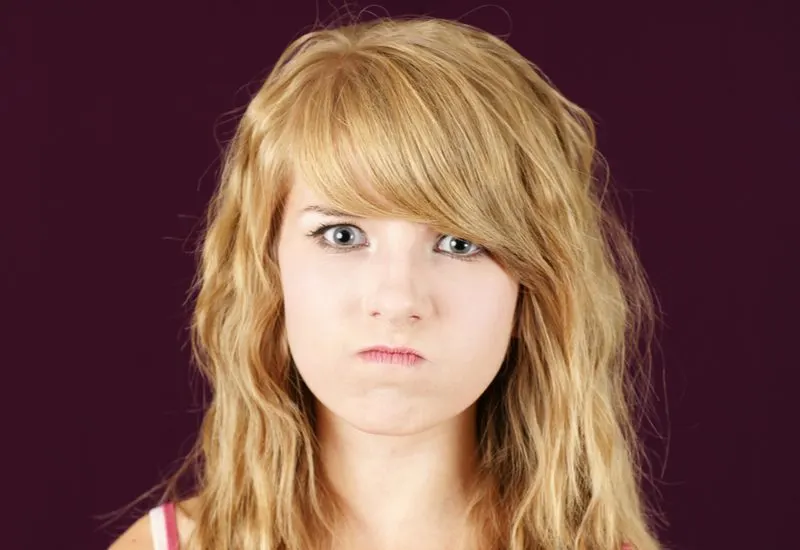
Sylvie Bouchard/Shutterstock
Regardless of the color of your hair, nobody wants dull, washed-out, or brassy tones dimming the shine of their look. Those unwanted warm tones can ruin the perfect shade and make you feel like you’ve wasted money on your dye job.
Fortunately, there are many options for sprucing up your color and eliminating brassy hair without starting over or reaching for more hair color. And the best part? The solutions are either preventative or DYI. In truth, there are numerous at-home treatments that you can use easily and safely.
Thankfully, a little brassiness doesn’t permanently alter the color of your hair. This phase is temporary.
Since different factors affect the rate at which your color can turn brassy, there are options suited to each unique situation that can help. But overall, these six ways to cut brassiness will help you on your way back to your favorite tones in no time.
- Make sure you choose the right hair color
- Use a toner immediately after coloring
- Find a good purple shampoo and conditioner, and maybe even a mask
- Avoid things that damage your hair
- Invest in shampoo for color-treated hair
- Consider a shower filter
Before we dive into these six methods for keeping brassy tones at bay, let’s talk about what exactly it is and why it happens in the first place.
What Is Brassiness in Hair?
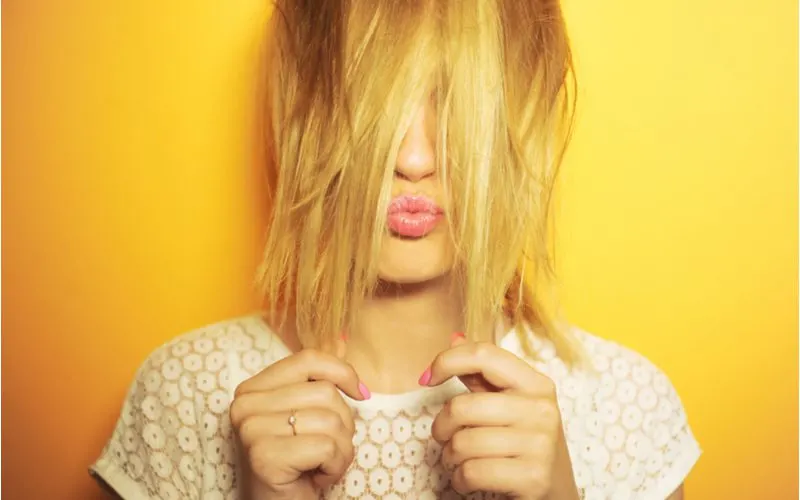
Ginger_polina_bublik/Shutterstock
Brassiness refers to the change in the tone of your hair, making it appear warmer. For blondes, this means a yellow-appearing undertone, but for deeper hair colors, it could manifest in an actual brassy or orange color. Brassiness occurs in lightened or bleached hair when the natural pigments underneath start to peek through.
When hair is lightened, chemicals lift the color. This causes the dark pigment of the hair, the melanin, to become diluted, making way for whatever color dye is used afterward. All colors of dye have a mix of pigments within them consisting of colors on either end of the spectrum, from cool to warm.
Unfortunately, those cool-toned pigments don’t last as long as the warm ones, and as they dissipate, they allow the warmer tones and leftover warm pigments from the hair to show through more.
In short, this process disrupts the balance of cool and warm tones that you have when you leave the salon with freshly dyed hair. Part of the process is inevitable; even permanent color degrades to an extent. Still, there are many ways to slow this process and minimize its results.
How to Get Rid of Brassy Hair
Some of these methods for keeping brassiness at bay are better known than others. If you’ve been employing one or two of them to no avail, switch it up and combine some new methods to help your hair color stay balanced, shiny, and healthy.
1. Choose the Right Hair Color
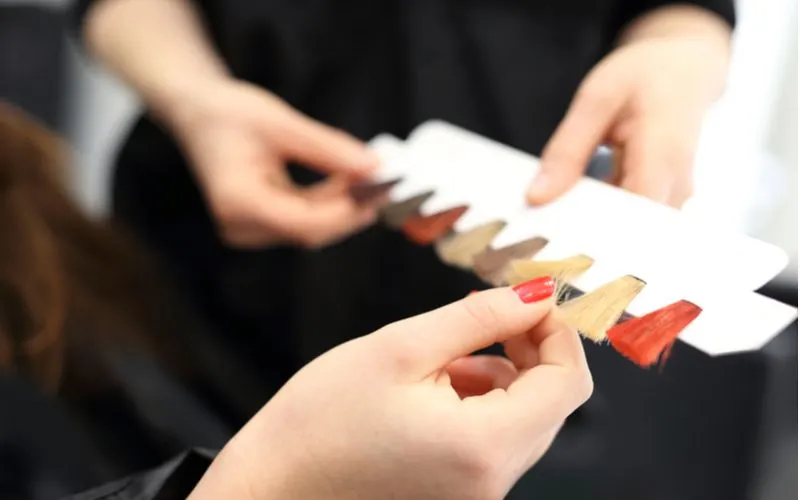
Robert Przybysz/Shutterstock
Let’s start at the very beginning. The type of hair color you choose can affect the amount of brassiness that will develop in time. Since brassiness is all about losing the balance between warm and cool tones, keeping this in mind when selecting a color can put you a step ahead.
Try out a color that seems to have more cool than warm tones. Anything that seems to have an ash-colored or even blue-toned base can help maintain the integrity of your color longer. Even if you prefer warmer tones when it comes to hair color, you can still choose a well-balanced warm color that still has plenty of cool tones.
2. Use a Toner After Lightening
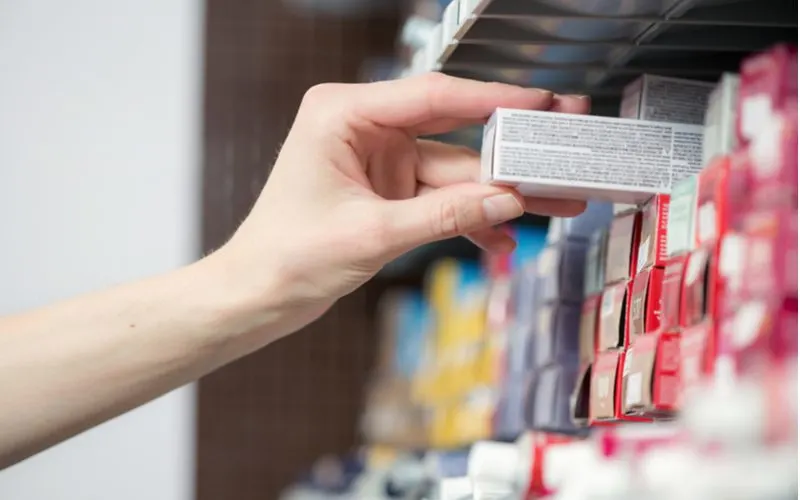
Ravil Sayfullin/Shutterstock
Your stylist most likely already does this in the salon post-bleaching, but it can be a great process to repeat if you’re struggling to maintain the original tone of your hair color. Toner is simply a translucent wash of color that alters the tone of your hair, but only for a few weeks.
If you’ve never used a toner at home, don’t be intimidated. The most important part of the process is choosing the right product. A great place to start is with your stylist; see what they recommend for your color and hair type.
You can find toner products for purchase at your salon, in stores, and maybe even from the ingredients in your kitchen cabinets. Baking soda, apple cider vinegar, and lemon juice are popular products for making your own homemade toner.
Of course, like with any other homemade beauty product, make sure to test it out and follow the recipe and instructions to the letter to make sure you get the full effect.
3. Try Purple Products
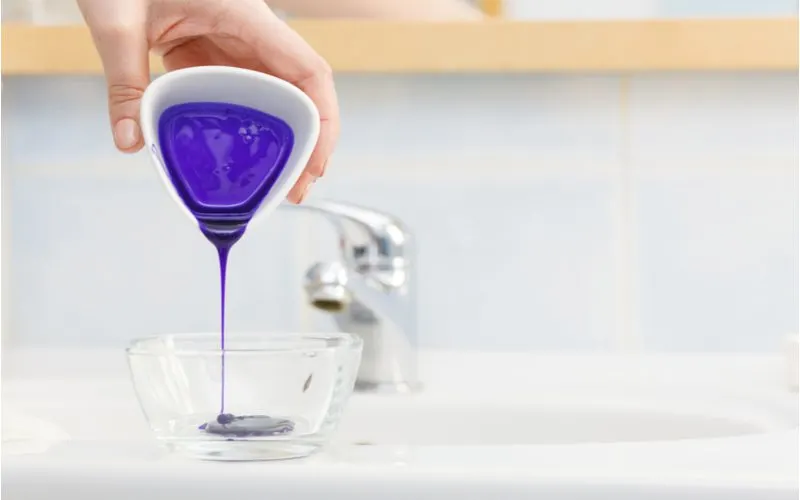
Anetlanda/Shutterstock
As mentioned before, many people assume that blondes are the only ones who struggle with brassiness, but that’s simply not true. Many purple products, such as shampoos, conditioners, and masks, are marketed to people with blonde hair, but people with color-treated hair of all hues can benefit from them.
Purple products are simply a different way to tone your hair with neutralizing pigments. They include blue or purple pigments to help replenish the cool tones lost by your hair in the natural process of wearing your color. These products work off the idea of color theory.
That is, purple is the opposite of yellow and blue the opposite of orange, so these colors are used to balance each other and neutralize brassiness in lightened blonde and brown hair. Many great purple products on the market not only balance your hair color’s tones but also nourish and replenish your hair with added hydration.
However, keep in mind that purple products should only be used as needed, when the hair starts to develop a brassy tone, and not with every wash. Overuse of purple products can lead to staining, resulting in a purple hue in the hair.
4. Avoid Hair-Damaging Styling, Products, and Places
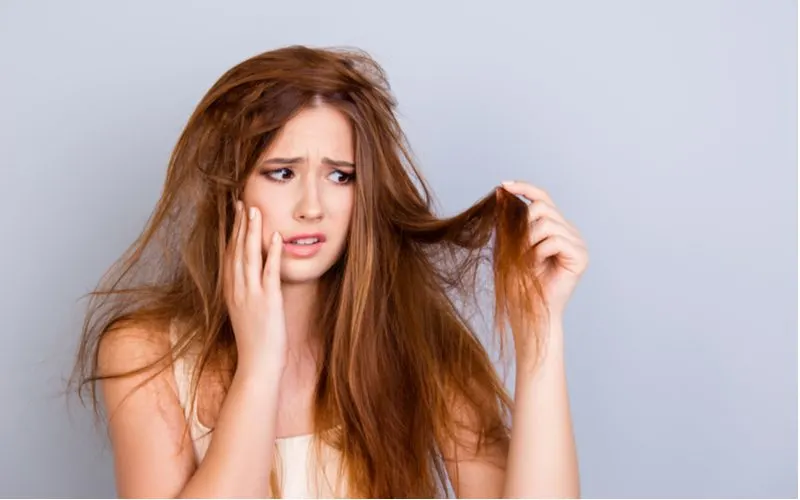
Roman Samborskyi/Shutterstock
The best offense is often a good defense, and the same goes for your hair. Lightening your hair stresses it out, causing a varying amount of damage. People with color-treated hair have to be careful about over-drying, damaging styling appliances, and products.
People worried about brassiness should do the same. Your hair is covered with a rough coating called the cuticle. When your hair is healthy, the cuticles lay flush, giving your hair a smooth appearance. However, the cuticles must be opened to allow the hair to hold onto the new color.
This is why color-treated hair can become brittle, dry, and broken, with a rough and coarse texture. Avoiding things that will contribute to this damage will help your hair hold onto the tones in your hair color better, keeping your tones balanced for longer.
For instance, summer is a rough time for color-treated hair. The harsh environment of a chlorinated pool or even sunbathing can be the unexpected cause of your brassiness.
5. Use Color-Safe Shampoos and Conditioners
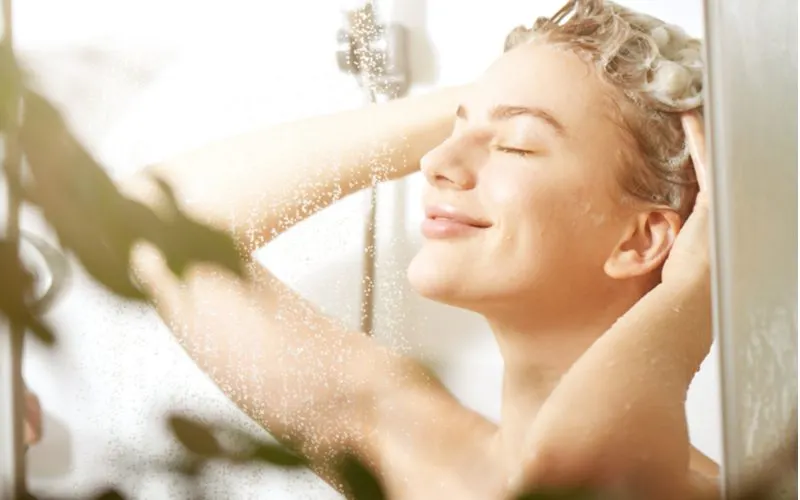
Ivan_kislitsin/Shutterstock
Because you shouldn’t use pigmented products every time you wash your hair, it’s also important to find products that are safe for color-treated hair and will nourish it in between your uses of purple products.
In general, these products are considered color-safe because they avoid any harsh chemical ingredients. Such chemicals can damage your hair and instead use nourishing ones to repair and strengthen lightened hair.
Shampoos and conditioners free of sulfate, formaldehyde, and ammonium can nourish the cuticle of your hair. They will ensure that your color hangs on as long as possible, all the while cutting dullness and supplying a shiny, healthy glow.
6. Try a Shower Filter
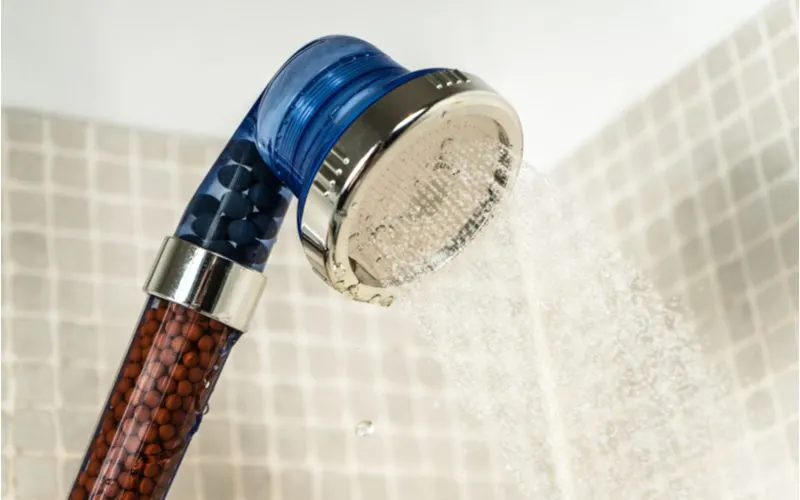
Powerofflowers/Shutterstock
If you treat your lightened hair well and none of these steps seem to be making a difference in your brassiness, you may want to consider a shower filter. Hard mineral deposits in the water in your area can build up on your hair in the shower and lead to a shortened lifespan of your balanced color.
Since these naturally occurring minerals can dry and damage your hair, installing a shower filter can help remove that problem at its source to help protect the integrity of your hair and, therefore, make your color last longer and stay more balanced.
Things to Consider
Lightening your hair and maintaining its tone comes down to the chemical reactions that happen in your hair every as you go through your normal routine, so take advantage of good products and opportunities to strengthen your hair, and you’ll notice less brassiness in no time.
- DO invest in a good color-safe hair-care regimen.
- DO try color-correcting shampoos and conditioners (purple products)
- DO take note of the condition of the water in your area and consider a filter for your shower.
- DON’T use pigmented shampoo and conditioner daily.
- DON’T spend lots of time in the pool or sunbathing if you want to cut down on brassy hair.
- DO try an at-home toner, but…
- DON’T freestyle the recipe or veer from the instructions for application!
So How Do You Get Rid of Brassiness?
Brassiness can be a real bummer, but you don’t have to let it get you down. These easy ways to bust brassiness can help you balance the tones in your hair color so you can enjoy that perfect shade for longer.
